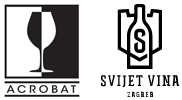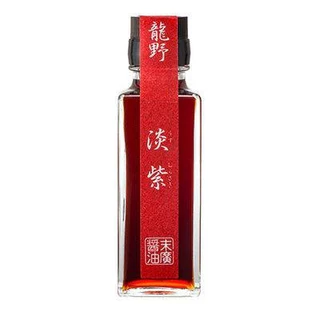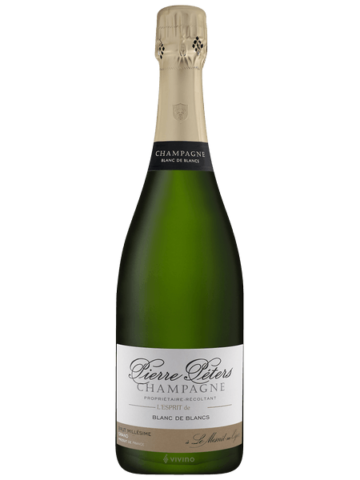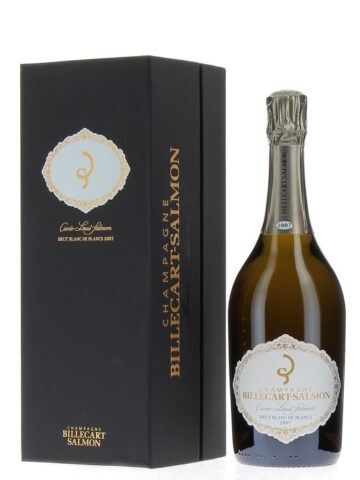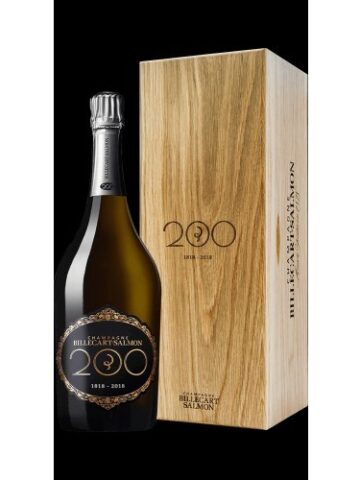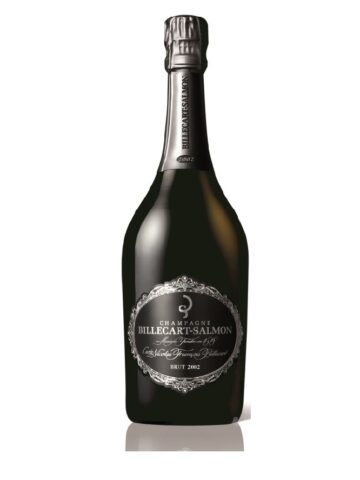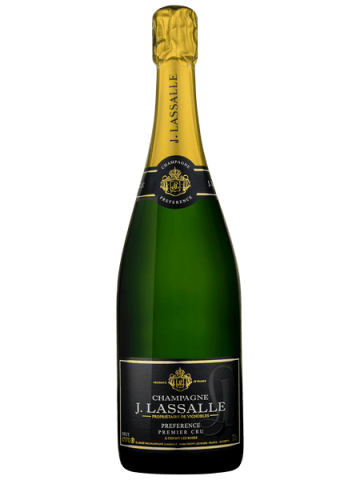REGIJA / REGION
Povijesna pokrajina Champagne nalazi se na sjeveroistoku Francuske te je jedna od najpoznatijih svjetskih regija u kojoj se proizvode prirodna pjenušava vina. Naziv Champagne ekskluzivan je samo za proizvođače iz te regije, a sustav zaštite geografskog podrijetla jedan je od najstarijih u Europi (Appellation d′origine contrôlée – AOC). Površine koje obuhvaća pokrajina Champagne za proizvodnju šampanjca određene su 1927. prema AOC, one iznose 34 000 hektara. Na području Champagne sveukupno se nalazi oko 16 000 vinara s 278 000 vinograda.
Pokrajina je podijeljena na 5 okruga za proizvodnju vina: Aube, Côte des Blancs, Côte de Sézanne, Montagne de Reims i Vallée de la Marne. Najzastupljenije sorte su Pinot noir, Pinot Meunier i Chardonnay. Najpoznatiji šampanjski cuvée radi se upravo iz ovog grožđa, Blanc de blancs je šampanjac proizveden 100% iz grožđa Chardonnay-a, a Blanc de noirs je šampanjac proizveden od Pinot noir-a, Pinot meunier-a ili kupaže istih.
Povijest šampanjaca započinje s benediktancem Pierre Perignonom koji je u opatiji Hautvillers kraj Epernaya otkrio drugu fermenaciju. Pierre Perignon, pionir proizvodnje šampanjaca, najviše je poznat po pomnom biranju baznih vina te pravljenju prvih „blendova“ za šampanjce. Revolucija u proizvodnji šampanjaca dogodila se u Limouxu, provođenjem druge fermentacije u boci.
Boce šampanjca kada se napune u vinarijama odlaze na odležavanje u rudnike krede ispod vinarija, dugi i po nekoliko kilometara, neki se nalaze čak 40 metara ispod površine. Klima koju oni stvore puna je vlage i savršene temperature za odležavanje vina te stvaranje bukea šampanjaca.
The historic province of Champagne is located in the northeast of France and is one of the world’s most famous regions where natural sparkling wines are produced. The name Champagne is exclusive only to producers from that region, and the system of protection of geographical origin is one of the oldest in Europe (Appellation d′origine contrôlée – AOC). The areas covered by the province of Champagne for the production of champagne were determined in 1927 according to the AOC, they amount to 34,000 hectares. In the Champagne area, there are a total of about 16,000 winemakers with 278,000 vineyards.
The province is divided into 5 wine-producing districts: Aube, Côte des Blancs, Côte de Sézanne, Montagne de Reims and Vallée de la Marne. The most common varieties are Pinot Noir, Pinot Meunier and Chardonnay. The most famous champagne cuvée is made from this grape, Blanc de blancs is a champagne produced 100% from Chardonnay grapes, and Blanc de noirs is a champagne produced from Pinot noir, Pinot meunier or a blend of the same.
The history of champagne begins with the Benedictine Pierre Perignon, who discovered another fermentation in the abbey of Hautvillers near Epernay. Pierre Perignon, a pioneer of champagne production, is best known for carefully choosing base wines and making the first “blends” for champagne. A revolution in champagne production took place in Limoux, by conducting a second fermentation in the bottle.
When the bottles of champagne are filled in the wineries, they go to age in the chalk mines under the wineries, several kilometers long, some of which are as much as 40 meters below the surface. The climate they create is full of humidity and the perfect temperature for aging wine and creating a bouquet of champagne.
